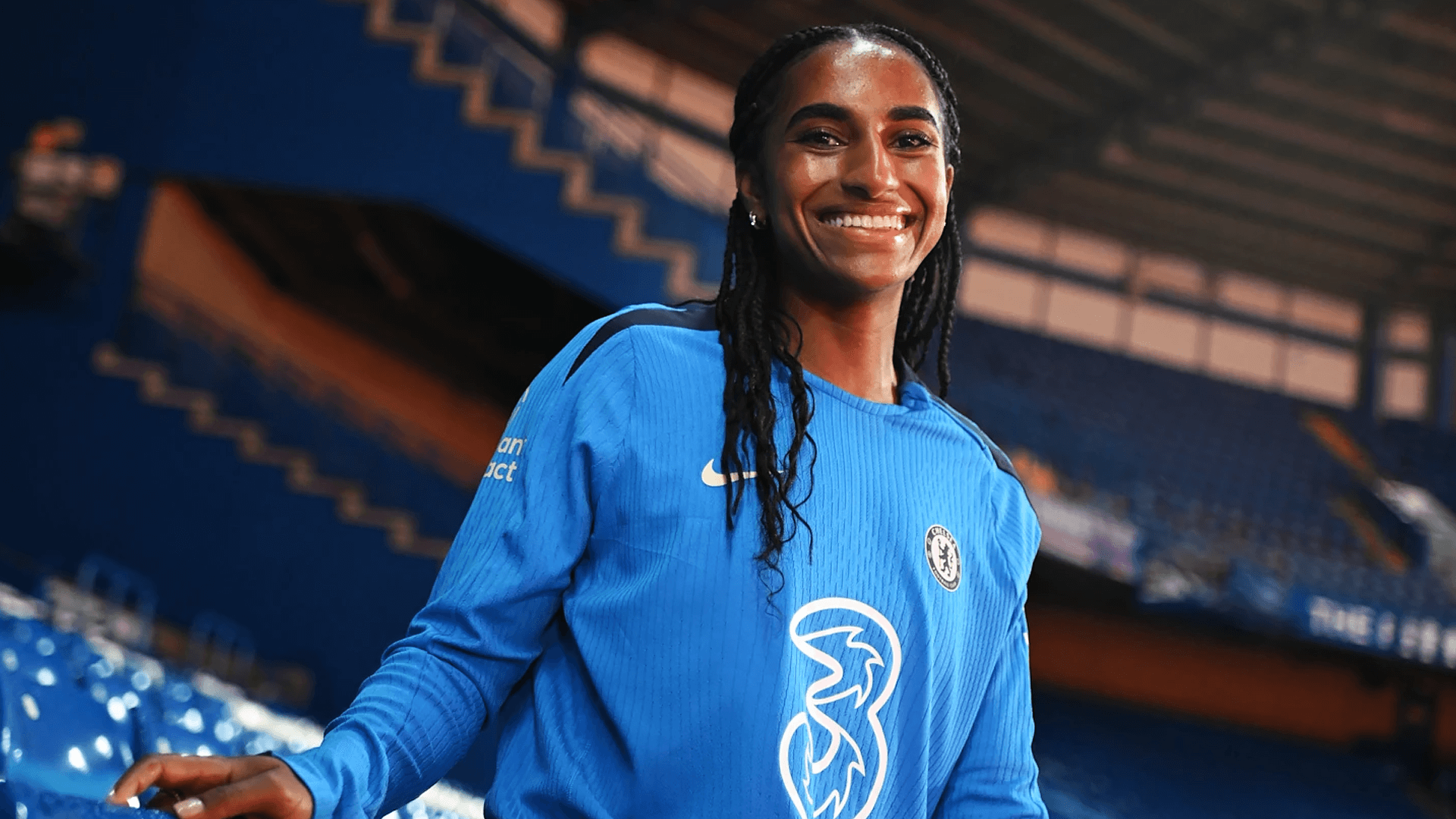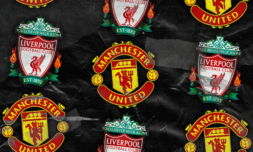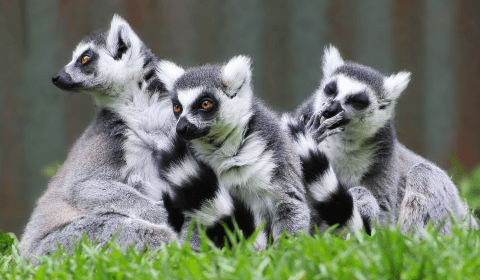Her historic transfer fee signals a shift in women’s football, but is the sport finally stepping out of the shadows?
The glass ceiling in women’s football has been cracking for some time now. Following the Lionesses’ historic victory at the Euros in 2022, followed by a performance in the World Cup final the following year, the sport has been growing in popularity across the UK – a country notorious for its love of the men’s game.
And yet even as attendance continues to grow at women’s matches, and the BBC reports that the number of girls’ football teams doubled between 2022-23, women’s football is generally still underfunded, under-marketed, and undervalued by major sport organisations.
Crucially, women players are still paid significantly less than their male peers – the annual salary for players in the Women’s Super League, the UKs top women’s football league, hovers around £47,000. You don’t need to be a football fanatic to know that’s a far cry from the paychecks earnt by major league men.
But if the glass ceiling was growing weaker, Naomi Girma – an American soccer player who won gold for Team USA last summer – has just smashed it to pieces. Earlier this year, Chelsea Football Club secured Girma’s transfer for just over $1 million. The first-ever seven-figure fee in women’s football history.
The record transfer fee for a female player was previously the $862,000 paid by Bay FC to Madrid FCC for Zambian striker Rachael Kundananji in February 2024.
‘I’m so happy and really excited to be here. It doesn’t feel real,’ Girma said after she was unveiled at Stamford Bridge in January.
To many, it’s a surreal moment. Not only is Girma the first woman to be secured for such a huge fee, she’s an Olympic gold medallist and the daughter of Ethiopian immigrants. It’s a heritage she’s incredibly proud of.
‘I am playing for my family and my community back home who have sacrificed a lot for me to be in this position,’ Girma told Goal Click. ‘I also play for young African-American and Ethiopian girls who can see themselves in me.’




















